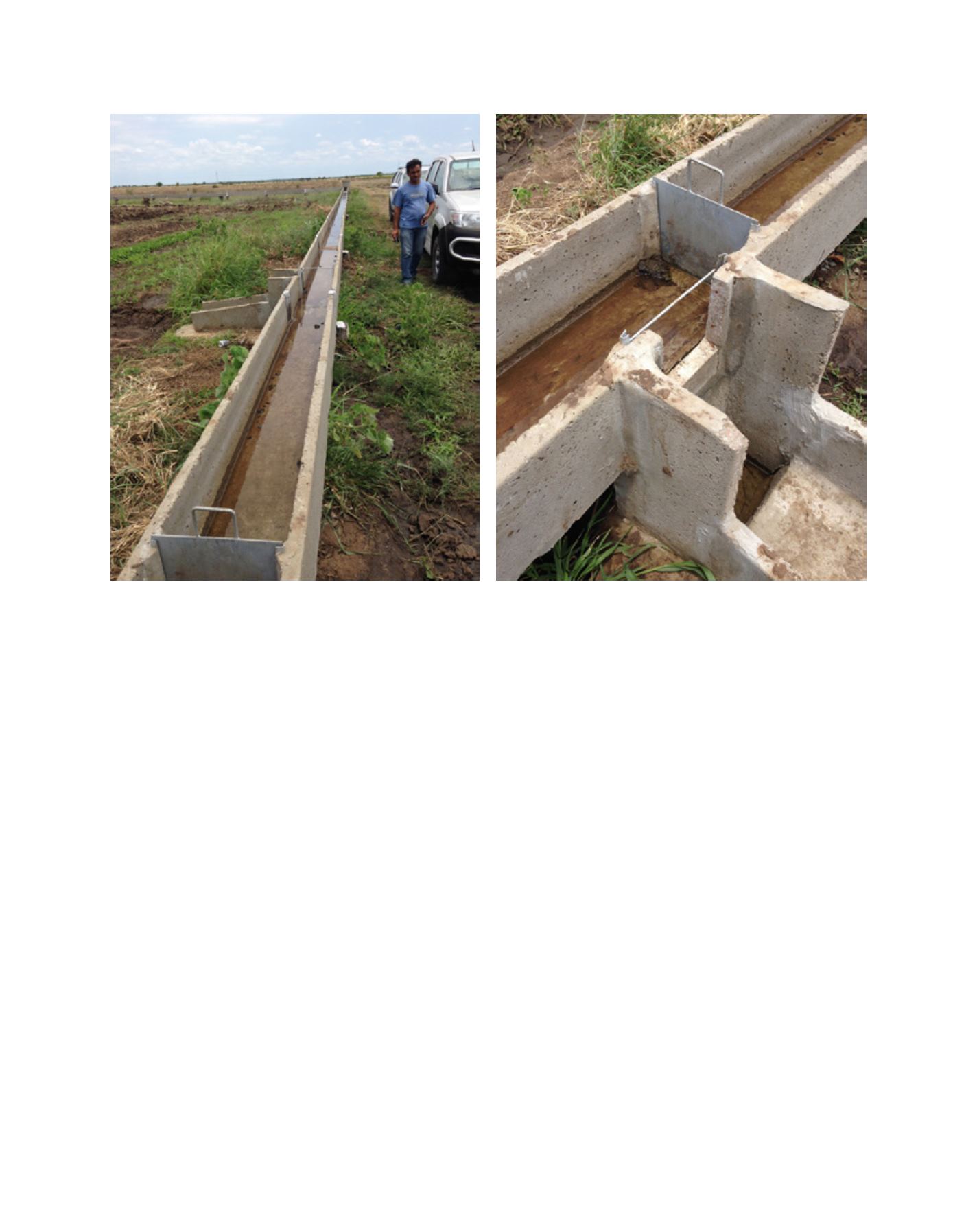

[
] 21
ished in peasant farmland) and awareness of the limitation
of water withdrawals has increased. However, no correc-
tions have been introduced to address these changes.
Water resources management challenges have increased
significantly in the past two decades. Continuing popula-
tion growth and rising incomes have led to greater water
consumption as well as more waste. Rural populations in
developing countries are growing dramatically, generating
demand well beyond the capacity of already inadequate
water and sanitation infrastructure and services and food
security. Overcoming these issues requires more effective
and integrated, intersectoral water management, enhanced
capacity at all levels and better welfare for rural people.
It is the view of many development agencies that even very
sophisticated water management technologies at all levels of
the system will not solve the water supply problem without
increasing water use efficiency in the field. Better water use
efficiency is described as increasing the yield while maintaining
existing water application. Every cubic metre of water saved in
the field (when efficiency of the irrigation network is 50-60 per
cent) reduces the need for water delivery by 50 per cent without
any reconstruction of the canal network. However, efficiency
of furrow irrigation is also affected by several external factors:
• poorly levelled field surfaces
• fluctuations of water supply flow during irrigation
• use of non-optimal irrigation technique elements that do
not correspond to specific natural conditions
• lack of interest among land users in using improved
methods of irrigation
• lack of a real cost for water delivery.
In addition to these factors, irrigation quality still depends
on the availability of water in the right quantity and at the
right time. Areas with water supplied through irrigation
systems are better supplied, while areas with pumped water
often suffer from delayed water supply due to pump capac-
ity or insufficient electricity.
Several lessons have been learned, with potential for
wider applicability. For example, the implementation of
advanced irrigation technologies (more efficient sprinkler,
drip and micro-irrigation systems) can be used in the most
arid regions.
In order to be able to invest to advanced irrigation tech-
nologies, cropping patterns should be changed from field
crops (such as cotton, alfalfa, rice, wheat) to high value
crops such as trees, fruits, nuts and vegetables. The produc-
tion value and market values of field crops are lower than
those of high value crops, while the water use and acreage
is much higher.
In addition to generating improved farm incomes, peren-
nial crops require year-round maintenance and tend to
provide stable employment at higher wages. Spring and
fall vegetable crops, although seasonal, are labour-intensive
and generate strong on-farm revenues that support regional
economic growth.
In particular, water management institutions play an
important role in their interaction with farmers to intro-
duce different programmes at local level. Low-interest loans
or microfinance programmes have been created to enable
farmers to change from traditional irrigation methods to
advanced irrigation technologies.
Investment in the Chókwè irrigation facilities has improved the socioeconomic status of more than 5,000 smallholder farmers
Images: IDB
L
iving
L
and
















